Introduction: One Size Does Not Fit All
Imagine walking into a clothing store and finding only one size on the racks. Regardless of how much you like the outfit, it won’t work if it doesn’t fit. The same principle applies to onboarding: a generic programme might tick boxes but often fails to resonate with individual employees. Personalisation is the solution.
For HR managers, personalising onboarding isn’t just a nice-to-have—it’s a necessity. By tailoring the onboarding process to each hire’s background, learning style, and role, you can create a programme that drives engagement, boosts retention, and accelerates productivity. In this post, we’ll explore how to incorporate [Cognitive Load Theory] into personalised onboarding to maximise success.
Why Personalisation Matters
Generic onboarding programmes often lead to:
- Disengagement: Employees feel like just another cog in the machine.
- Inefficiency: Irrelevant content wastes time and mental energy.
- Reduced Retention: Employees who feel undervalued are more likely to leave.
Conversely, personalisation ensures that every new hire feels understood and supported, creating a strong foundation for their journey with the organisation.
[!TIP] Start Small with Personalisation
Begin by identifying the top 3 pain points in your current onboarding programme and personalise solutions for these areas.
The Role of Cognitive Load Theory in Personalisation
Personalisation aligns perfectly with the principles of [[Cognitive Load Theory]]:
- Minimising Extraneous Load: Tailored content eliminates irrelevant information, allowing new hires to focus on what matters.
- Managing Intrinsic Load: By assessing each employee’s background, you can adjust the complexity of tasks to match their current knowledge and skills.
- Maximising Germane Load: Personalisation encourages meaningful learning by connecting training to the individual’s role and goals.
Steps to Personalise Onboarding
1. Assess Before You Begin
Why it Matters: Understanding a new hire’s background, experience, and learning preferences allows you to tailor onboarding effectively.
How to Do It:
- Use pre-onboarding surveys to gather information about their skills, previous roles, and goals.
- Conduct one-on-one meetings to discuss expectations and identify potential challenges.
Example: A new hire with extensive experience in project management may only need a brief introduction to tools but a deeper dive into the organisation’s specific methodologies.
2. Customise Learning Content
Why it Matters: Different roles and skill levels require different approaches to training.
How to Do It:
- Develop role-specific onboarding modules for technical, creative, or managerial roles.
- Use digital platforms to deliver personalised learning paths based on the employee’s progress.
Example: For a sales associate, onboarding might focus on CRM systems and communication strategies, while for an HR coordinator, the emphasis might be on compliance and employee engagement tools.
3. Leverage Adaptive Technology
Why it Matters: AI-powered platforms can dynamically adjust content to match an employee’s needs.
How to Do It:
- Use tools like Cushi.ai to provide task-focused, adaptive modules that evolve as the new hire progresses.
- Integrate quizzes or feedback loops to ensure comprehension before moving on to the next topic.
Example: An AI platform could adjust a training programme for a new developer, offering more advanced challenges if they excel or supplementary resources if they struggle.
4. Pair New Hires with Mentors
Why it Matters: Personal connections enhance learning and provide ongoing support.
How to Do It:
- Assign mentors based on shared interests, career paths, or roles.
- Encourage regular check-ins and collaborative tasks.
Example: A new marketing hire might shadow a senior campaign manager to learn the nuances of the organisation’s branding strategies.
5. Provide Flexibility in Learning
Why it Matters: Employees learn at different paces and have varying schedules.
How to Do It:
- Allow employees to access onboarding materials on-demand.
- Offer a mix of synchronous (live) and asynchronous (self-paced) learning options.
Example: A remote employee could complete self-paced modules during off-hours while participating in scheduled team meetings.
The Benefits of Personalised Onboarding
- Increased Engagement: Employees feel valued and supported.
- Faster Productivity: Tailored training ensures new hires can contribute sooner.
- Improved Retention: Personalisation demonstrates that the organisation cares about individual success.
- Enhanced Learning Outcomes: Employees retain knowledge better when it’s relevant to their role.
Conclusion: Tailoring Onboarding for Success
Personalisation transforms onboarding from a generic exercise into a meaningful experience. By incorporating [[Cognitive Load Theory|CLT]] principles, HR managers can design programmes that cater to individual needs, reducing overwhelm and fostering engagement.
Ask yourself: Are you meeting your new hires where they are, or are you expecting them to adapt to a one-size-fits-all programme? With personalisation, you can set the stage for long-term success.
Takeaways
- Personalised onboarding improves engagement, retention, and productivity.
- Tailoring content to individual needs reduces cognitive overload and accelerates learning.
- Using technology and mentorship enhances the effectiveness of personalised programmes.
Tips for the Workplace
- Gather Data Early: Use pre-onboarding surveys to understand new hires’ backgrounds and preferences.
- Invest in Role-Specific Training: Develop learning modules tailored to different roles and responsibilities.
- Adopt Adaptive Platforms: Use AI tools to create dynamic, task-focused learning paths.
- Promote Mentorship: Pair new hires with experienced employees for guidance and support.
- Offer Flexible Options: Provide both live and self-paced learning opportunities to accommodate diverse needs.
References
- Sweller, J. (1988). Cognitive Load During Problem Solving: Effects on Learning. Cognitive Science. https://onlinelibrary.wiley.com/doi/10.1207/s15516709cog1202_4
- Mayer, R. E. (2005). Cognitive Theory of Multimedia Learning. Cambridge University Press. https://doi.org/10.1017/CBO9780511816819
- Society for Human Resource Management (SHRM). (2019). Onboarding Metrics That Matter. https://www.shrm.org
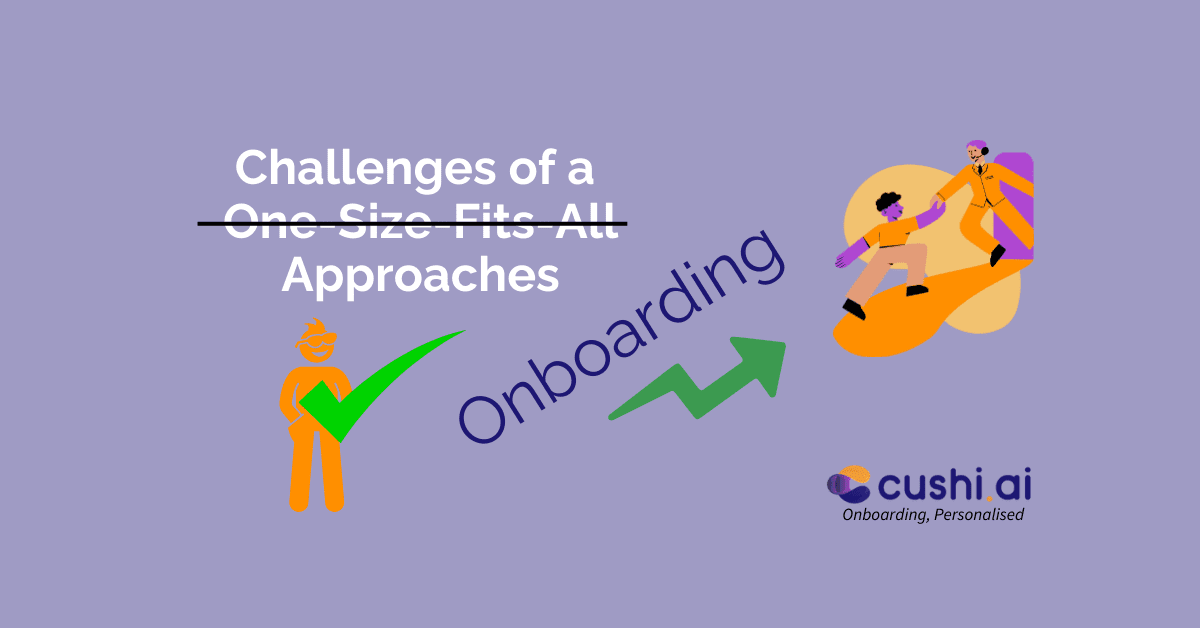

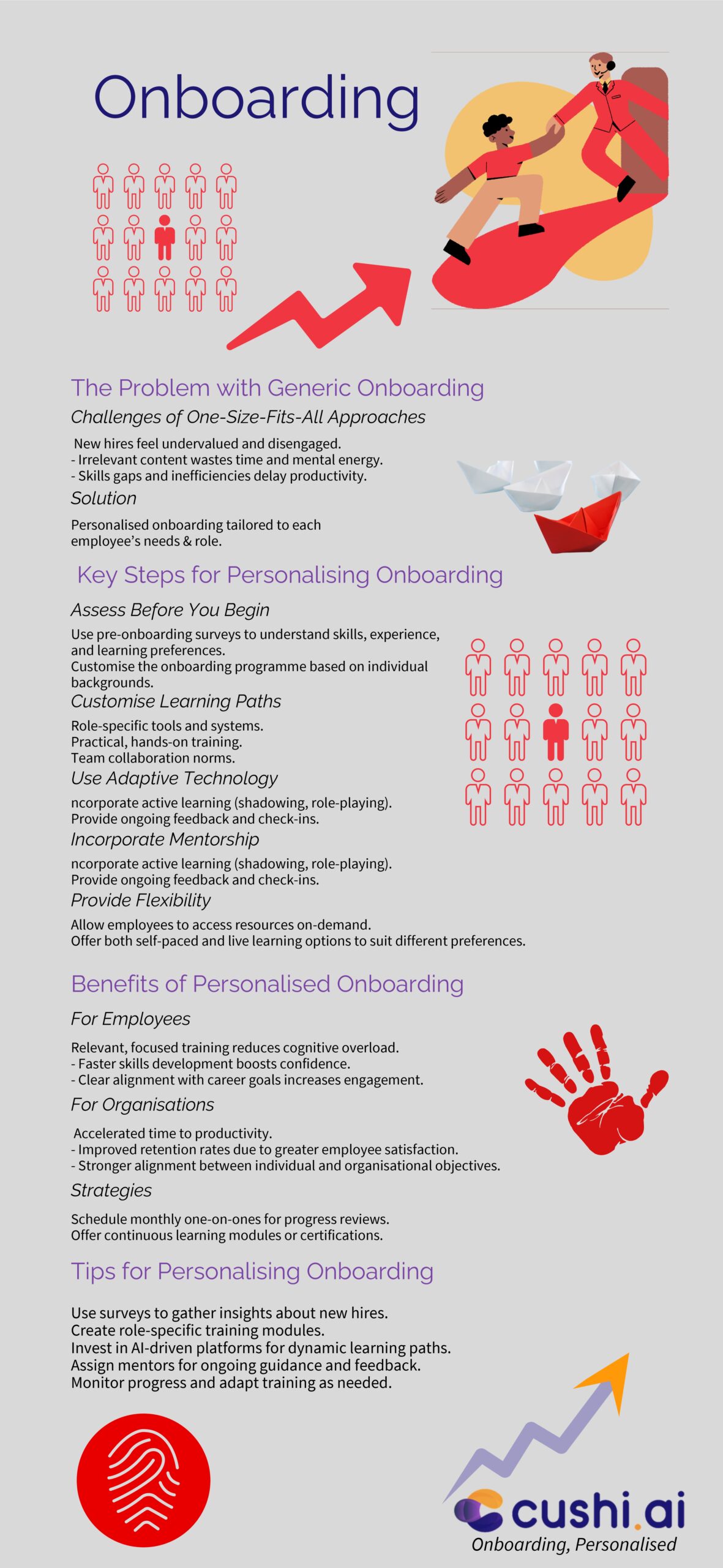
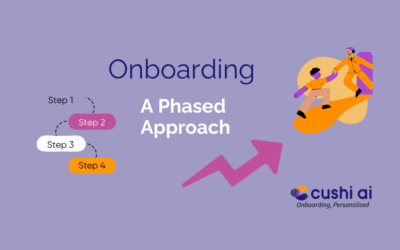
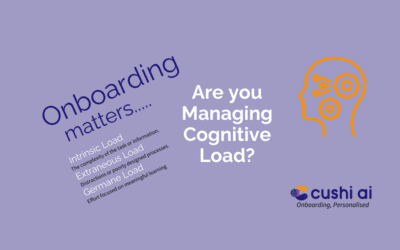
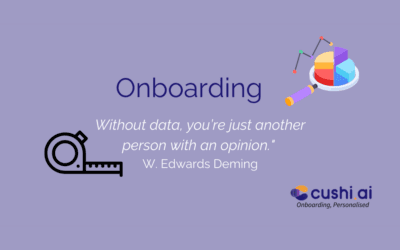
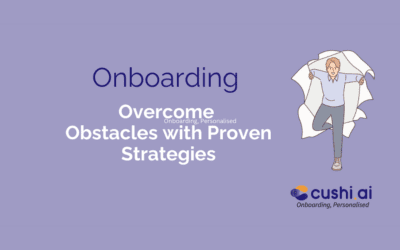
0 Comments